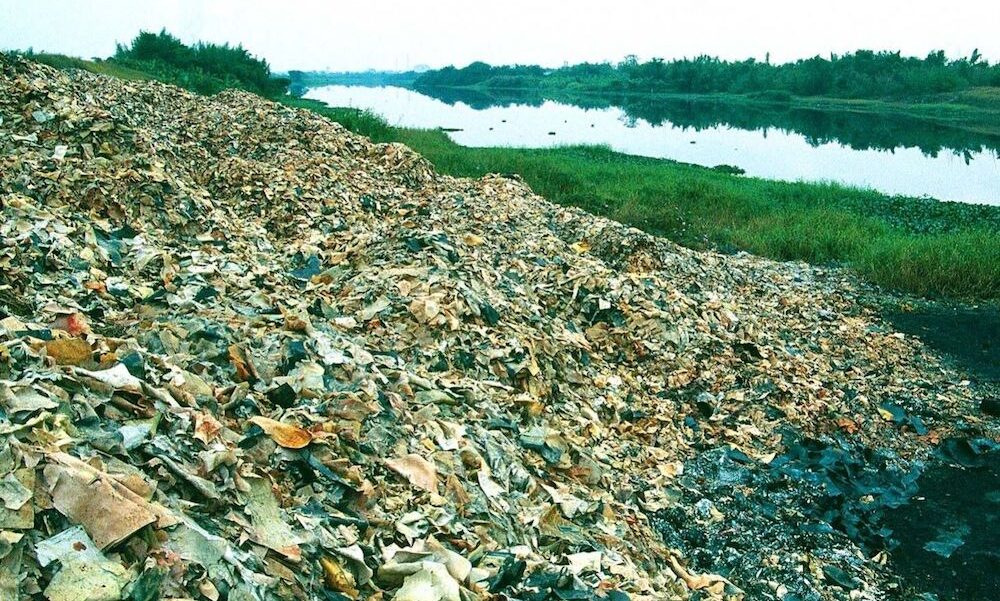
They call it “garbage coffee,” and we’re not talking about those double-doubles that pass as caffeinated beverages.
It’s the leachate that oozes out of landfills, a vicious brew of heavy metals and chemicals that can contaminate the groundwater table.
There is no such thing as a safe landfill, despite the proliferation of modern liners and drainage systems. It’s inevitable they will wear out and degrade.
Our best course of action to reduce garbage coffee is by preventing harmful waste from ending up in those landfills. In the North American roofing industry, around 13 million tonnes of waste is generated each year.
For every one square foot of roof envelope, between 1-2 kilograms of waste is produced. It can add up quickly.
Most of the common products used in ICI construction, like TRU (Thermoplastic Polyolefin) or BUR (Built-Up Roofs) have few recycling options and end up in those landfills, with toxins like lead or cadmium free to mix in the garbage coffee and leach into the ground.
And most of it ends up in landfills prematurely.
Suggested roof lifespans are far too short, with the replacement of a roof a more lucrative option for ICI industry providers. Or, if a proper routine maintenance isn’t followed, the asset can be compromised and need replacement before it otherwise would have needed to.
And if it doesn’t end up in the landfill, but the incinerator instead, the burning of TRU plastics can still pump dioxins and vinyl chloride into the air, where it will eventually return to the water table.
Bottom line is, it’s best to take care of a roof to avoid having to chuck it.
And better still is to retrofit a roof. There’s no reason why, if the existing system is sound, another protective or waterproof layer can’t be installed overtop.
It would mean a dramatic decrease in cost and impact on the environment and building occupants.
Removing a roof can lead to extensive damage. The amount of fasteners used to hold insulation to our deck is huge, on average of six per four by eight sheet. With around 625 sheets needed for a 20,000 square foot roof, that’s more than 3,700 potential pinholes in your decking. Swiss cheese wouldn’t make effective roofing, so why compromise your roof asset by turning it into failure-prone fromage?
Each of those pinholes can puncture the vapour barrier and lead to an accumulation of water or moisture inside the support structure, which can eventually lead to mold, structural damage or worst-case scenario, a catastrophic leak that causes a collapse.
Maintenance is an expense. Retrofitting is an expense. But both are far cheaper than paying out a lawsuit for a client or users who’s slipped and injured themselves on a floor covered in water from a leak, or worse, had a ceiling collapse on them.
Maintenance and retrofitting not only helps protect the environment, it protects your financial bottom line.
